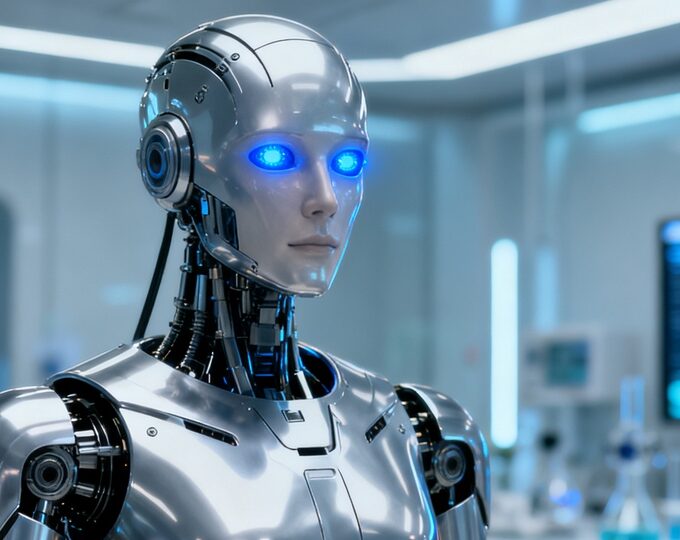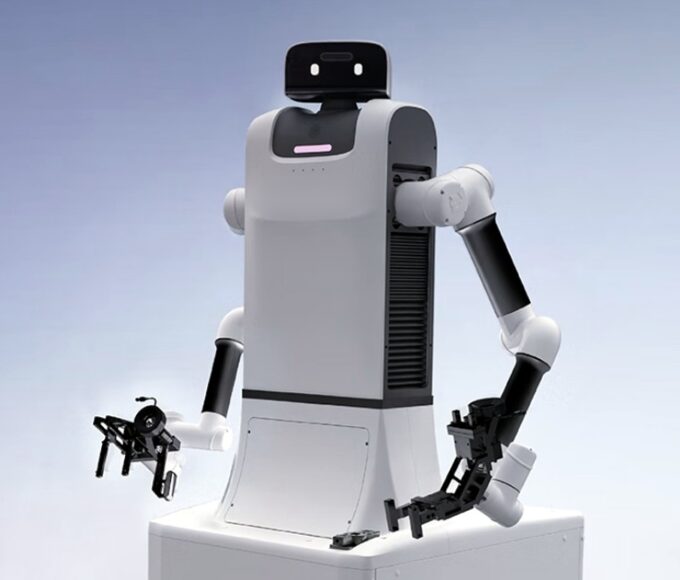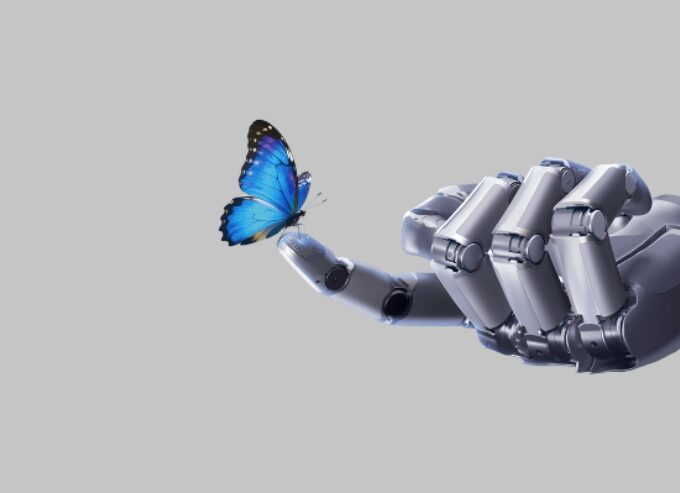In today’s rapidly advancing technological world, bionic eye technology has emerged as a promising frontier that is gradually capturing global attention. It holds immense potential not only for restoring vision to individuals with visual impairments but also for revolutionizing multiple industries. Recognized as a key breakthrough in biomedical engineering and neuroscience, the bionic eye has become a focal point in international media, which continues to report on its latest developments and transformative applications.
The Working Principle of Bionic Eyes
The concept of a bionic eye is deeply inspired by the sophisticated structure and function of the human visual system. Much like an advanced optical instrument, the human eye operates by allowing light to pass through the cornea and lens, focusing it onto the retina. Photoreceptor cells in the retina convert light into electrical signals, which are then transmitted via the optic nerve to the brain, where they are processed into images.
Bionic eyes attempt to replicate this complex process by using cutting-edge technology to reconstruct visual function. There are two primary categories of current bionic eye systems: retinal implants and cortical implants.
Retinal implants involve placing microelectrode arrays onto or within the retina. These electrodes bypass damaged photoreceptors and stimulate the remaining retinal ganglion cells with signals generated from external cameras or sensors, effectively conveying visual information to the brain.
Cortical implants, on the other hand, take a more direct approach by implanting electrodes into the brain’s visual cortex. This method bypasses both the retina and the optic nerve, using targeted electrical stimulation to evoke visual perceptions directly in the brain.

Research Milestones: From Laboratory to Clinical Application
Over the years, scientists around the globe have made remarkable strides in the field of bionic vision. In a groundbreaking 2020 study published in Nature, a team from the Hong Kong University of Science and Technology demonstrated a bionic eye built on a photoelectric nanowire array. This device not only achieved high imaging fidelity but also showed potential for integration into smart vision systems and future vision restoration devices for people with severe visual impairments.
In the United States, researchers at the University of Minnesota used 3D printing techniques to fabricate a prototype that can detect light and transmit electrical signals. Published in Advanced Materials, this bionic eye converts visual input into electronic pulses capable of stimulating the brain, offering a future path toward artificial sight for the blind.
Tech giants are also taking an interest. According to Business Insider, Meta secured a patent for a device called the “Two-Axis Rotatable Mechanical Eyeball”. This mechanical eye, designed to replicate human eye movement with two intersecting rotation axes, is initially intended for use in metaverse-related applications, but its precise tracking and dynamic capabilities reflect broader potential in human-machine interaction and robotics.
Meanwhile, Germany’s Fraunhofer Institute for Computer Graphics Research has developed a technique combining optical coherence tomography (OCT) with multi-material 3D printing. By scanning a patient’s eye socket and modeling the anatomy of the healthy eye, the system produces ultra-realistic, highly customized prosthetic eyes. This not only improves aesthetics but also ensures better compatibility with individual eye anatomy, setting a new standard in ocular prosthetics.
Application Scenarios: Blossoming Across Sectors
1. Medical Field: For individuals suffering from visual disorders such as retinitis pigmentosa or macular degeneration, bionic eyes represent a groundbreaking opportunity to regain functional sight. These technologies aim to help the blind or severely visually impaired recognize shapes, navigate their surroundings, and perform basic daily tasks independently, such as walking, reading, and recognizing facial expressions. With continued progress, bionic vision could drastically improve the quality of life and promote greater social inclusion.
2. Robotics: In robotics, the application of bionic vision systems is transforming machine perception. Unlike traditional fixed dual-lens cameras, bionic eyes simulate biological visual systems, incorporating neural architectures that mimic brainstem motor control, cerebellar balance coordination, and cerebral decision-making. This dynamic visual system allows robots to adaptively adjust focus and field of view, improving object recognition, response time, and energy efficiency in complex environments. For instance, in healthcare settings, robots equipped with bionic eyes capable of recognizing human emotions can significantly enhance interaction with patients, understanding needs, and responding empathetically. In industrial automation, dynamic obstacle detection enables real-time path planning and significantly reduces operational faults, leading to greater productivity and workplace safety.
3. Aerospace and Smart Cities: In aerospace, spacecraft are constrained by size and weight limitations. Traditional panoramic camera systems either require multiple lenses or rely on mechanical rotation, both of which increase power consumption and bulk. A bionic eye, with its compact and highly efficient imaging capability, presents a superior alternative for space missions. In smart city infrastructure, bionic eye-inspired surveillance systems surpass the capabilities of flat-panel cameras. Their spherical design offers improved image quality, greater data density, and higher accuracy for AI-based analytics. Enhanced visual input can simplify AI algorithms, reducing computational overhead and lowering development costs, while simultaneously expanding functionality across public safety, traffic monitoring, and urban planning.

Challenges and Future Prospects
Despite impressive advancements, several hurdles still stand in the way of mass deployment and clinical adoption. Technically, achieving higher resolution and more natural visual quality remains a major challenge. Current bionic systems still lag behind the human eye in image clarity, color perception, and real-time responsiveness. This calls for significant improvements in electrode density, signal processing algorithms, and neuron-electrode interfacing techniques.
The development of more biocompatible, durable, and flexible components is essential on the materials front. A functional bionic eye must operate reliably within the human body without triggering immune responses, while also withstanding mechanical stresses from eye movements over extended periods.
Cost is another barrier. At present, research and production processes are highly specialized and expensive, limiting widespread availability. Lowering manufacturing costs and scaling production will be crucial for broad clinical access.
Looking ahead, however, there is strong reason for optimism. As interdisciplinary innovations in nanotechnology, neuroscience, material science, and wireless communication converge, these technical barriers are expected to diminish. The performance of bionic eyes will likely improve dramatically, while production becomes more cost-effective. Integration with new technologies like AI, 5G, and wearable computing will further expand the horizons of bionic vision.
From restoring sight to enabling smarter machines and cities, the development of bionic eye technology is not just a breakthrough in medicine, it represents the dawn of a new visual epoch for humanity. As research continues and applications diversify, we may be witnessing the beginning of a revolution in how humans perceive, interact with, and understand the world.












